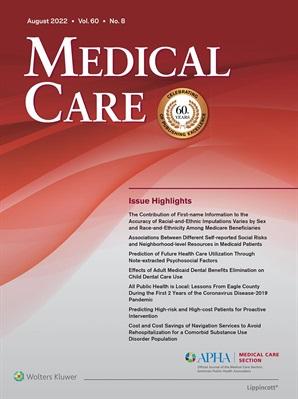Headline
A patient navigation intervention for people with substance use disorder led to cost savings of over $17,000 per participant after 12 months post-discharge due to reduced inpatient admissions and emergency department visits.
Context
Hospital-based navigation interventions for patients with substance use disorders (SUD) show promise in reducing avoidable emergency department (ED) readmissions and associated costs. A 2021 randomized controlled trial of Navigation Services to Avoid Rehospitalization (NavSTAR) found that the intervention, which provides services to engage patients in SUD treatment and other medical care post-hospital discharge, reduced inpatient admissions and ED visits 12 months after discharge. This analysis explores the costs and savings of NavSTAR based on that trial.
Findings
Compared to the total cost of care for individuals receiving treatment as usual, NavSTAR generated a statistically significant average cost savings of over $17,000 per participant after 12 months post-discharge due to reduced inpatient days and ED visits. NavSTAR program costs are approximately $343 per patient for 8.7 hours of navigation. Even if these costs were doubled or tripled, per patient costs for the intervention would still be much less than the cost of a single inpatient day or ED visit.
Takeaways
Hospitals could consider implementing patient navigation interventions for patients with SUD to reduce the typically high inpatient and ED visit costs for this population.

